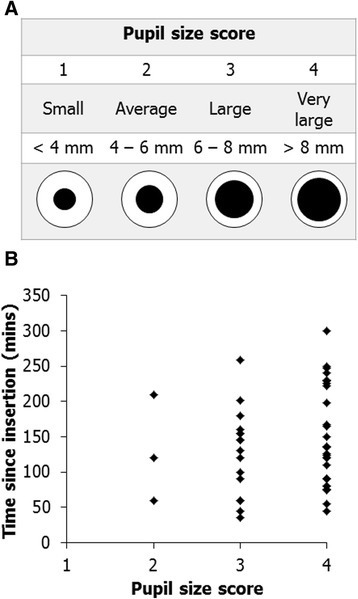

The reverse is true, so control of pupil size is controlled by differences in contraction intensity of each muscle.Īnother term for the constriction of the pupil is miosis. In pupillary constriction induced by pilocarpine, not only is the sphincter nerve supply activated but that of the dilator is inhibited. The sphincter muscle has a parasympathetic innervation, and the dilator has a sympathetic innervation. Other drugs, such as atropine, LSD, MDMA, mescaline, psilocybin mushrooms, cocaine and amphetamines may cause pupil dilation. If the drug pilocarpine is administered, the pupils will constrict and accommodation is increased due to the parasympathetic action on the circular muscle fibers, conversely, atropine will cause paralysis of accommodation (cycloplegia) and dilation of the pupil.Ĭertain drugs cause constriction of the pupils, such as opioids. Furthermore, the pupil will dilate if a person sees an object of interest. This is the pupillary light reflex, which is an important test of brainstem function. When this muscle contracts, it reduces the size of the pupil. When bright light is shone on the eye, light-sensitive cells in the retina, including rod and cone photoreceptors and melanopsin ganglion cells, will send signals to the oculomotor nerve, specifically the parasympathetic part coming from the Edinger-Westphal nucleus, which terminates on the circular iris sphincter muscle. In bright light, the pupils constrict to prevent aberrations of light rays and thus attain their expected acuity in the dark, this is not necessary, so it is chiefly concerned with admitting sufficient light into the eye. The constriction of the pupil and near vision are closely tied. At this stage the pupils do not remain completely still, therefore may lead to oscillation, which may intensify and become known as hippus. After 25 years of age, the average pupil size decreases, though not at a steady rate. For example, at the peak age of 15, the dark-adapted pupil can vary from 4 mm to 9 mm with different individuals.
/illo-what-can-my-pupil-eye-size-tell-me-about-my-health-342186-59b1afd322fa3a0011f43d91.png)
However, in any human age group there is considerable variation in maximal pupil size. In the dark it will be the same at first, but will approach the maximum distance for a wide pupil 3 to 8 mm. When narrow, the diameter is 2 to 4 millimeters. The pupil gets wider in the dark and narrower in light. This causes the effect in one eye to carry over to the other.

The sensory pathway (rod or cone, bipolar, ganglion) is linked with its counterpart in the other eye by a partial crossover of each eye's fibers. These muscles are sometimes referred to as intrinsic eye muscles. The dilator pupillae, innervated by sympathetic nerves from the superior cervical ganglion, cause the pupil to dilate when they contract. When the sphincter pupillae contract, the iris decreases or constricts the size of the pupil.

The iris contains two groups of smooth muscles a circular group called the sphincter pupillae, and a radial group called the dilator pupillae. This is known as the pupillary light reflex. Light enters the eye through the pupil, and the iris regulates the amount of light by controlling the size of the pupil. The iris is a contractile structure, consisting mainly of smooth muscle, surrounding the pupil. It appears black because light rays entering the pupil are either absorbed by the tissues inside the eye directly, or absorbed after diffuse reflections within the eye that mostly miss exiting the narrow pupil. The pupil is a hole located in the center of the iris of the eye that allows light to strike the retina. On the inner edge lies a prominent structure, the collarette, marking the junction of the embryonic pupillary membrane covering the embryonic pupil. The image of the pupil as seen from outside the eye is the entrance pupil, which does not exactly correspond to the location and size of the physical pupil because it is magnified by the cornea. In optical terms, the anatomical pupil is the eye's aperture and the iris is the aperture stop. In humans, the pupil is round, but its shape varies between species some cats, reptiles, and foxes have vertical slit pupils, goats have horizontally oriented pupils, and some catfish have annular types. The term "pupil" was coined by Gerard of Cremona. The pupil is a black hole located in the center of the iris of the eye that allows light to strike the retina.


 0 kommentar(er)
0 kommentar(er)
